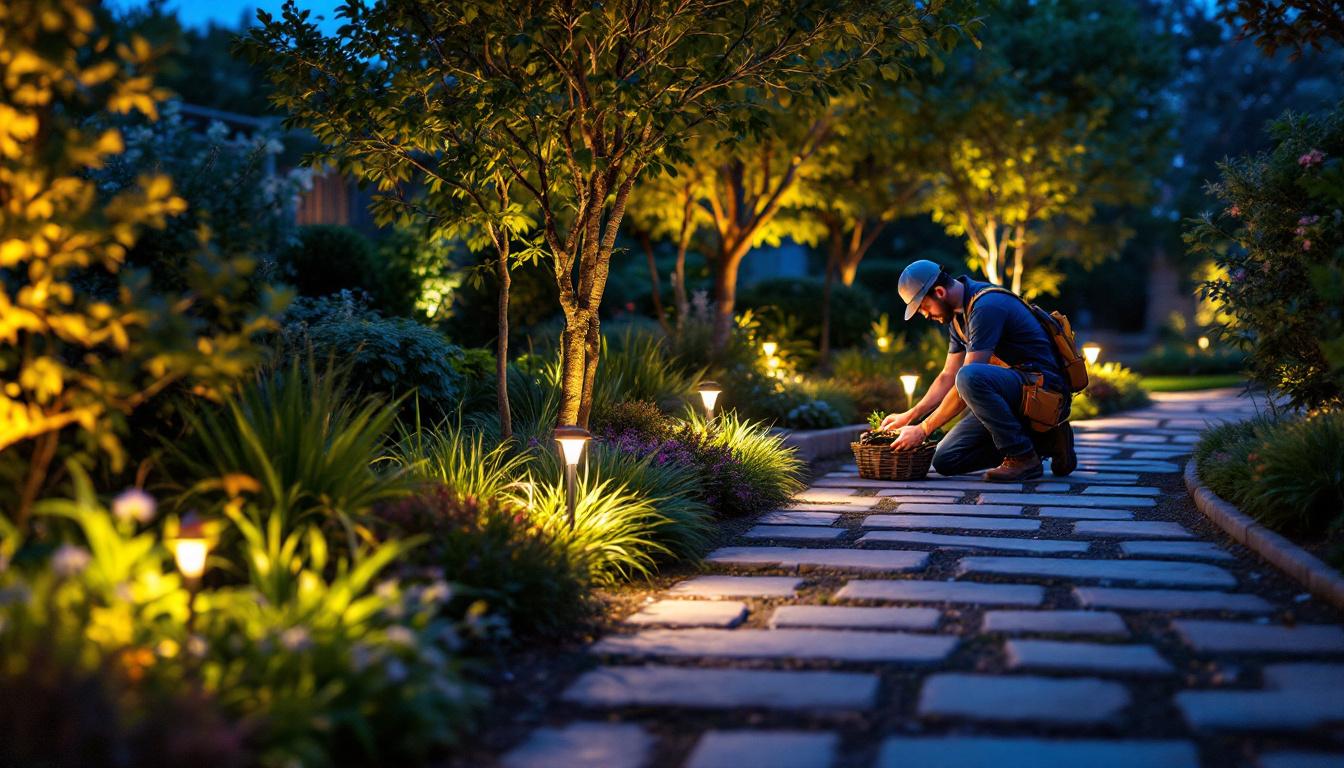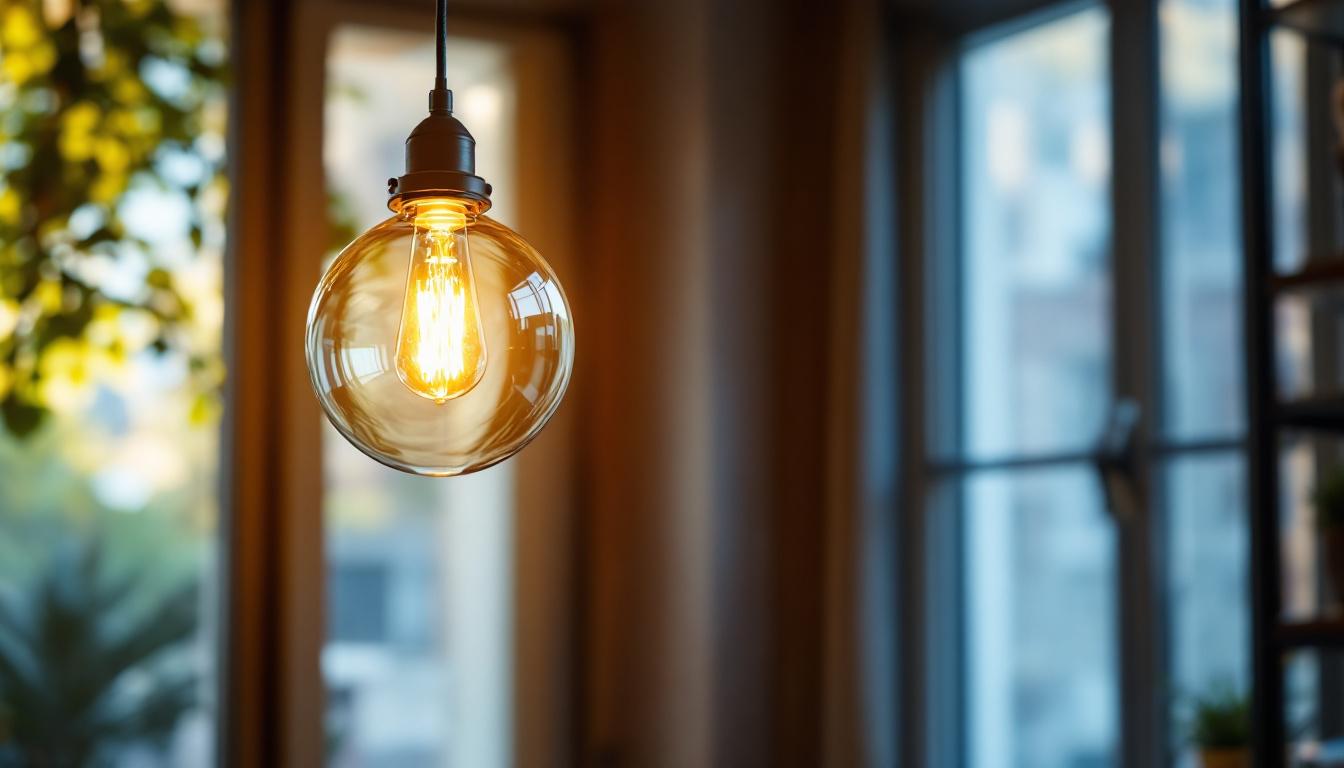
As the demand for outdoor lighting solutions rises, LED garden lights have become a popular choice among homeowners and businesses alike. For lighting contractors, understanding the best practices for installing and maintaining these energy-efficient fixtures is crucial. This article explores essential guidelines, innovative techniques, and common pitfalls to avoid when working with LED garden lights.
Before diving into installation practices, it is essential for contractors to have a solid grasp of LED technology. LEDs, or Light Emitting Diodes, are semiconductor devices that emit light when an electric current passes through them. This technology offers numerous advantages over traditional incandescent and fluorescent lighting.
One of the most significant benefits of LED garden lights is their energy efficiency. LEDs consume significantly less power than traditional bulbs, which translates to lower energy bills for clients. This efficiency not only benefits the environment but also makes a compelling selling point for contractors. Furthermore, the reduced energy consumption contributes to a smaller carbon footprint, aligning with the growing trend towards sustainability in landscaping and outdoor design.
LED lights have a much longer lifespan compared to their incandescent counterparts. Typically, they can last up to 25,000 hours or more, reducing the frequency of replacements. This durability makes them ideal for outdoor settings where maintenance can be challenging and costly. Additionally, many LED fixtures are designed to withstand harsh weather conditions, including rain, snow, and extreme temperatures, ensuring that they remain functional and visually appealing year-round.
Another critical aspect of LED technology is the versatility in color temperature. Contractors can choose from a range of color temperatures, from warm white to cool daylight, allowing for customized lighting solutions that enhance the aesthetic appeal of gardens. Understanding the psychological effects of different color temperatures can help contractors create the desired ambiance for their clients. For instance, warm white light can evoke a cozy and inviting atmosphere, perfect for entertaining guests, while cooler temperatures can enhance visibility and safety in pathways and driveways.
Moreover, the quality of light emitted by LEDs is often superior to that of traditional bulbs. LEDs provide a high Color Rendering Index (CRI), which means they render colors more accurately and vividly. This feature is particularly beneficial in garden settings where the true colors of flowers, plants, and landscaping materials need to be showcased effectively. By leveraging the superior quality of LED lighting, contractors can elevate the overall aesthetic of outdoor spaces, making them more vibrant and appealing to homeowners and visitors alike.
Effective planning is essential for a successful LED garden lighting project. A well-thought-out layout not only enhances the beauty of the garden but also ensures safety and functionality.
Before installation, contractors should conduct a thorough assessment of the garden space. This includes identifying focal points, pathways, and areas that require illumination for safety. Consideration should also be given to the surrounding landscape, as natural features can influence light placement and intensity. Additionally, it is beneficial to take note of how the garden changes with the seasons; for example, certain plants may bloom in spring while others may provide structure in winter, affecting how light interacts with the space throughout the year.
Once the assessment is complete, the next step is to create a lighting design. This design should incorporate various lighting techniques, such as uplighting, downlighting, and accent lighting. Each technique serves a different purpose and can dramatically alter the garden’s atmosphere. For instance, uplighting can highlight trees or architectural features, while downlighting can create a soft glow along pathways. Furthermore, layering different types of lighting can add depth and dimension to the garden, allowing for a dynamic visual experience that changes as the viewer moves through the space. Incorporating smart lighting solutions can also enhance the design, enabling homeowners to adjust the ambiance according to their needs or preferences with ease.
Selecting the appropriate fixtures is crucial for achieving the desired lighting effect. Contractors should consider factors such as the fixture’s wattage, beam angle, and IP rating. The IP rating indicates the fixture’s resistance to dust and moisture, which is particularly important for outdoor installations. By choosing high-quality fixtures, contractors can ensure longevity and performance. Additionally, aesthetics play a significant role in fixture selection; the style of the fixtures should complement the garden’s overall design theme, whether it be modern, rustic, or traditional. Options such as solar-powered fixtures can also be explored, providing an eco-friendly alternative that reduces energy consumption and enhances sustainability in garden design.
Proper installation techniques are vital for maximizing the performance of LED garden lights. Following industry best practices can prevent common issues and enhance the overall quality of the project. With the right approach, homeowners can enjoy a beautifully illuminated garden that not only enhances aesthetics but also improves safety and usability during nighttime hours.
When installing LED garden lights, it is essential to use appropriate wiring and connections. Low-voltage systems are often recommended for outdoor lighting due to their safety and efficiency. Contractors should ensure that all connections are secure and weatherproofed to prevent moisture ingress, which can lead to electrical failures. In addition, using high-quality connectors and waterproof junction boxes can further safeguard the system against the elements, thereby extending the lifespan of the lighting installation. Regular maintenance checks are also advisable to identify any wear and tear that may compromise the integrity of the wiring over time.
The positioning and angling of fixtures can significantly impact the effectiveness of the lighting design. Fixtures should be placed at strategic locations to avoid shadows and ensure even light distribution. Additionally, angling the lights correctly can enhance the visual appeal of the garden by creating depth and dimension. For instance, uplighting trees can create dramatic silhouettes against the night sky, while downlighting can mimic the natural glow of moonlight, providing a soft ambiance. It’s also beneficial to consider the seasonal changes in foliage; as plants grow and change, the lighting may need to be adjusted to maintain its effectiveness throughout the year.
After installation, it is crucial to test the lighting system before finalizing the project. This includes checking the brightness levels, ensuring that all fixtures are functioning correctly, and making any necessary adjustments. Contractors should encourage clients to view the lighting at different times of the day to ensure satisfaction with the final outcome. Additionally, utilizing dimmers or smart lighting controls can provide flexibility, allowing homeowners to customize the intensity and color of the lights based on their preferences or specific occasions. This adaptability not only enhances the user experience but also contributes to energy efficiency, as lights can be dimmed when full brightness is not needed.
Even with high-quality LED fixtures, regular maintenance is necessary to ensure optimal performance. Contractors should educate clients on proper care and offer maintenance services as part of their offerings.
Conducting regular inspections of the lighting system can help identify potential issues before they escalate. This includes checking for any signs of wear and tear, such as frayed wires or corroded fixtures. By addressing these problems early, contractors can prevent costly repairs and ensure the longevity of the lighting system.
Outdoor fixtures are susceptible to dirt, dust, and debris, which can diminish their brightness and effectiveness. Contractors should recommend a cleaning schedule to clients, emphasizing the importance of keeping fixtures clean for optimal performance. A simple wipe-down with a soft cloth and mild soap can go a long way in maintaining the aesthetic appeal of the lights.
In the event of lighting failures, contractors should be prepared to troubleshoot common issues. This may include checking the power supply, inspecting connections, and replacing faulty bulbs. Providing clients with a basic understanding of troubleshooting can empower them to address minor issues independently, enhancing their satisfaction with the service.
As technology continues to evolve, lighting contractors must stay informed about innovative techniques that can enhance their offerings. Exploring new trends and technologies can set contractors apart in a competitive market.
Smart lighting systems have gained popularity in recent years, allowing homeowners to control their garden lights remotely via smartphones or voice-activated devices. These systems offer convenience and flexibility, enabling users to adjust brightness and color temperature based on their preferences. Contractors should consider integrating smart technology into their designs to appeal to tech-savvy clients.
Solar-powered LED lights are another innovative solution that contractors can offer. These fixtures harness solar energy during the day and automatically illuminate at night, providing an eco-friendly lighting option. While they may require specific placement to ensure adequate sunlight exposure, they can be an attractive option for clients looking to reduce their carbon footprint.
Dynamic lighting effects, such as color-changing LEDs, can create stunning visual displays in gardens. These fixtures can be programmed to change colors or patterns, adding a unique touch to outdoor spaces. Contractors should explore the possibilities of incorporating dynamic lighting into their projects, particularly for events or special occasions.
LED garden lights present a wealth of opportunities for lighting contractors. By understanding the technology, implementing best practices, and staying informed about innovative techniques, contractors can deliver exceptional lighting solutions that meet the evolving needs of their clients. As outdoor spaces continue to gain importance in residential and commercial design, the role of lighting contractors in creating beautiful, functional environments will only grow. Embracing these best practices will ensure success in this dynamic field.
In summary, the integration of LED technology into garden lighting not only enhances the aesthetic appeal of outdoor spaces but also promotes sustainability and energy efficiency. By following the outlined best practices, contractors can build a reputation for quality work and customer satisfaction, paving the way for future projects and referrals.

Discover expert insights into selecting the perfect bulbs for recessed lighting with answers to common questions from lighting contractors.

Discover how 8 ft LED lights can be a game-changer for lighting contractors looking to win more bids.

Discover how a simple pendant light can transform your lighting projects by boosting efficiency and style.

Discover the essentials of loading bay dock lights in just five minutes.